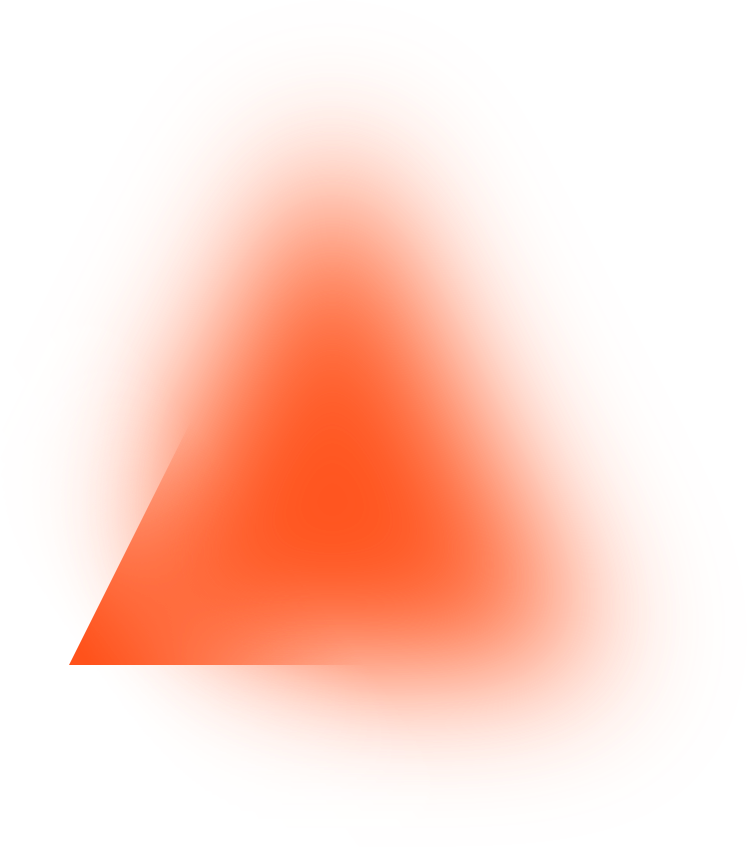The Kuiper Belt, Phonons, and Mechanisms Underlying Perception
2012 Kavli Prize Announcement
This year’s laureates were selected for making fundamental contributions to our understanding of the outer solar system, the differences in material properties at nano- and larger scales, and how the brain receives and responds to sensations such as sight, sound, and touch.
The Kavli Prize in Astrophysics is shared between David C. Jewitt, University of California, U.S., Jane X. Luu, Massachusetts Institute of Technology, Lincoln Laboratory, U.S., and Michael E. Brown, California Institute of Technology, U.S. They received the prize “for discovering and characterizing the Kuiper Belt and its largest members, work that led to a major advance in the understanding of the history of our planetary system.”
The Kavli Prize in Nanoscience is given to Mildred S. Dresselhaus, Massachusetts Institute of Technology, U.S. “for her pioneering contributions to the study of phonons, electron-phonon interactions, and thermal transport in nanostructures.”
The Kavli Prize in Neuroscience is shared between Cornelia Isabella Bargmann, Rockefeller University, U.S., Winfried Denk, Max Planck Institute for Medical Research, Germany, and Ann M. Graybiel, Massachusetts Institute of Technology, U.S. They received the prize “for elucidating basic neuronal mechanisms underlying perception and decision.”
2012 Kavli Prize in Astrophysics
David Jewitt of the University of California, Los Angeles, U.S., and Jane Luu of the Massachusetts Institute of Technology (MIT), in Cambridge, Massachusetts, U.S., spent six years making observations of the outer solar system. Then, in 1992, they spotted the first known object in the Kuiper Belt, the region beyond Neptune's orbit, which is distant from the Sun by between 30 and 50 times the Earth-Sun distance. Since then, they and others have identified more than 1,000 Kuiper Belt Objects. Astronomers are particularly interested in these KBOs, because their composition may be close to the primordial material that coalesced around the Sun during the formation of the solar system.
Jewitt and Luu share the 2012 Kavli prize for astrophysics with Michael Brown, of the California Institute of Technology, in Pasadena, California, who followed in their footsteps and searched the Kuiper Belt for planet-sized bodies. In 2005 he found Eris, an object about the same size as Pluto but with 27% more mass. As a result, astronomers had to rethink what it is to be a "planet." The subsequent relegation of Pluto to "dwarf planet" status became worldwide news.
2012 Kavli Prize in Nanoscience
The nanoscience prize goes to Mildred S. Dresselhaus, of MIT. Over more than five decades, Dresselhaus has made multiple advances in helping to explain why the properties of materials structured at the nanoscale can vary so much from those of the same materials at larger dimensions.
Her early work on compounds made up of different chemical species sandwiched between graphite layers, known as graphite intercalation compounds, and carbon fibers, laid the groundwork for later discoveries concerning the famous C60 buckyball, carbon nanotubes, and graphene. Dresselhaus receives the prize for her research into uniform oscillations of elastic arrangements of atoms or molecules called phonons, phonon-electron interactions, and heat conductivity in nanostructures.
2012 Kavli Prize in Neuroscience
Three scientists, who have studied how sensory signals pass from points of sensation such as the eye, foot, or nose to the brain, and how responses occur, share the neuroscience prize. Cornelia Bargmann, of the Rockefeller University in New York, used nematode worms (Caenorhabditis elegans) to provide insights into the molecular controls for animal behavior. Important advances have included the discovery of the first evidence that the odor response is governed by neurons, of the intracellular signalling pathways between odorant receptors and sensory neurons, and of specific neurons, receptors, and neurotransmitters involved in behavior adaption following experience.
Two techniques developed by Winfried Denk, of the Max Planck Institute for Medical Research in Heidelberg, Germany have allowed him to answer major questions about how information is transmitted from the eye to the brain. In 1990, he announced his invention of two-photon laser scanning fluorescence microscopy, which allows imaging of living tissue at greater depths and with less unwanted background fluorescence. He went on to develop serial block-face electron microscopy, whereby detailed 3D imagery of minute structures within tissue are generated by the repeated removal of thin slices and scanning of the remaining cut surface of samples.
Ann M. Graybiel, of the McGovern Institute for Brain Research, at MIT, has identified and traced neural loops going from the outer layer of the brain to a region called the striatum and back again, and revealed that these form the basis for linking sensory cues to actions involved in habitual behaviors. She has provided a deeper understanding of the ability to make or break habits, and of what goes wrong in movement and repetitive behavior disorders.


